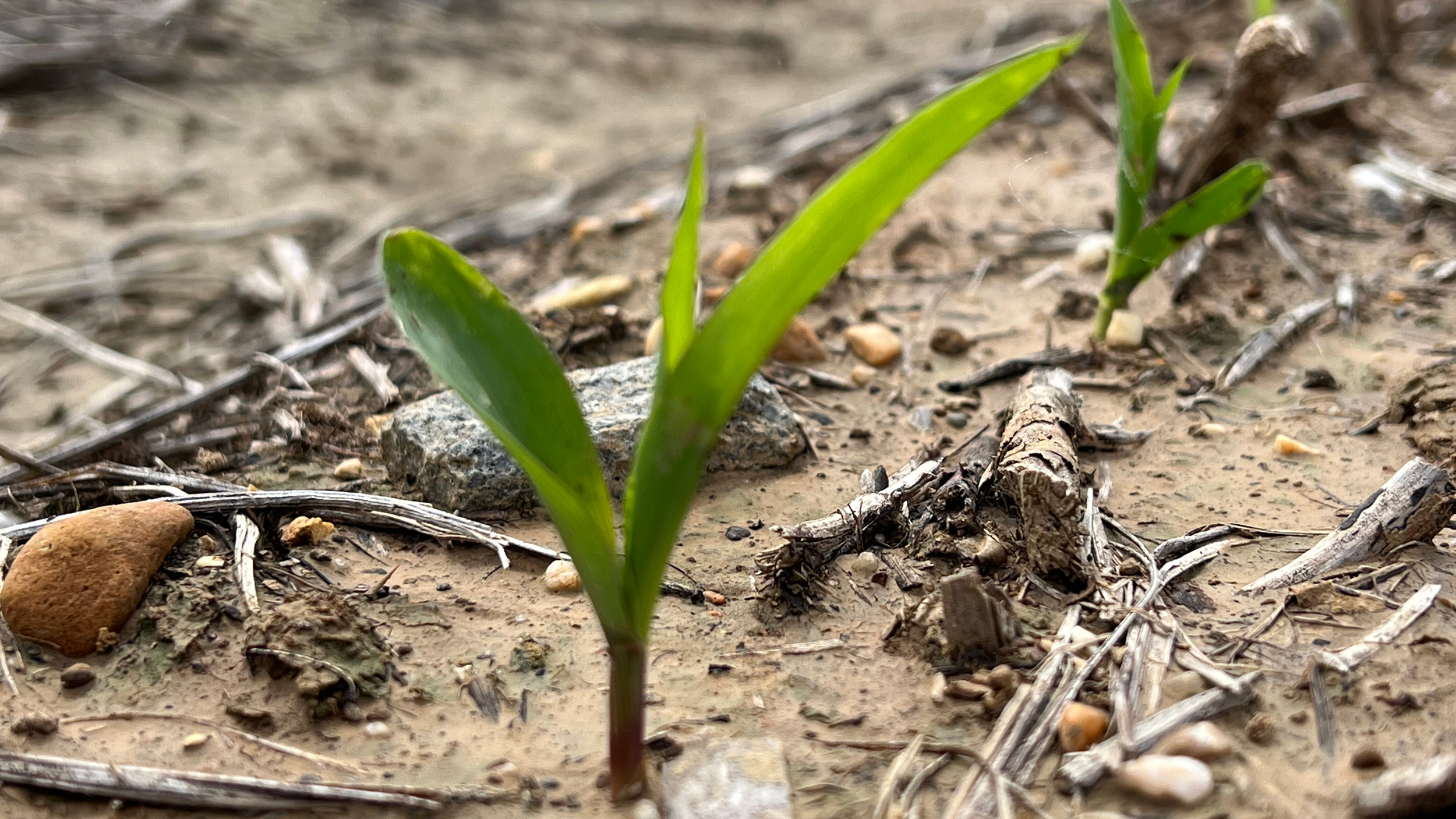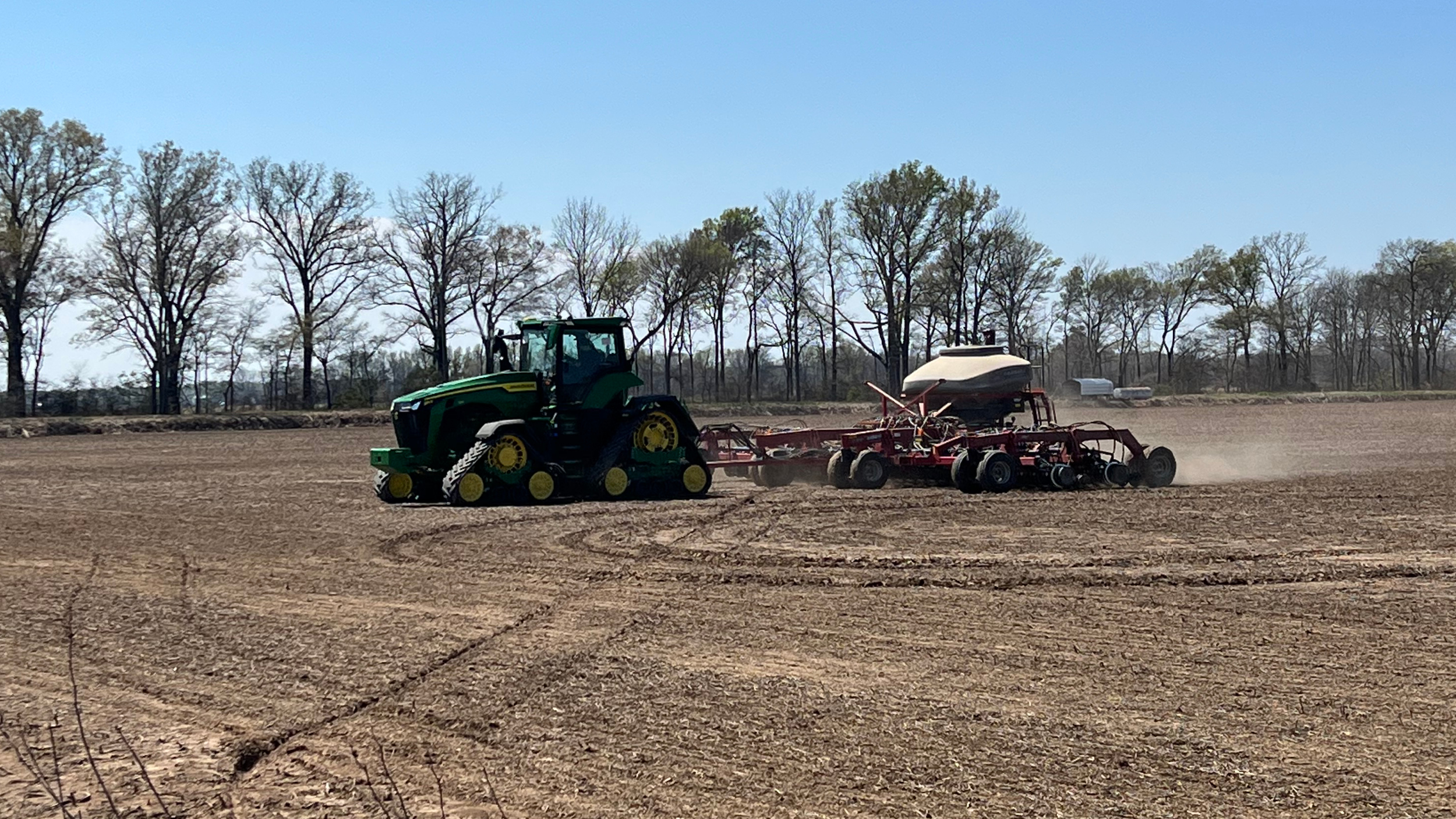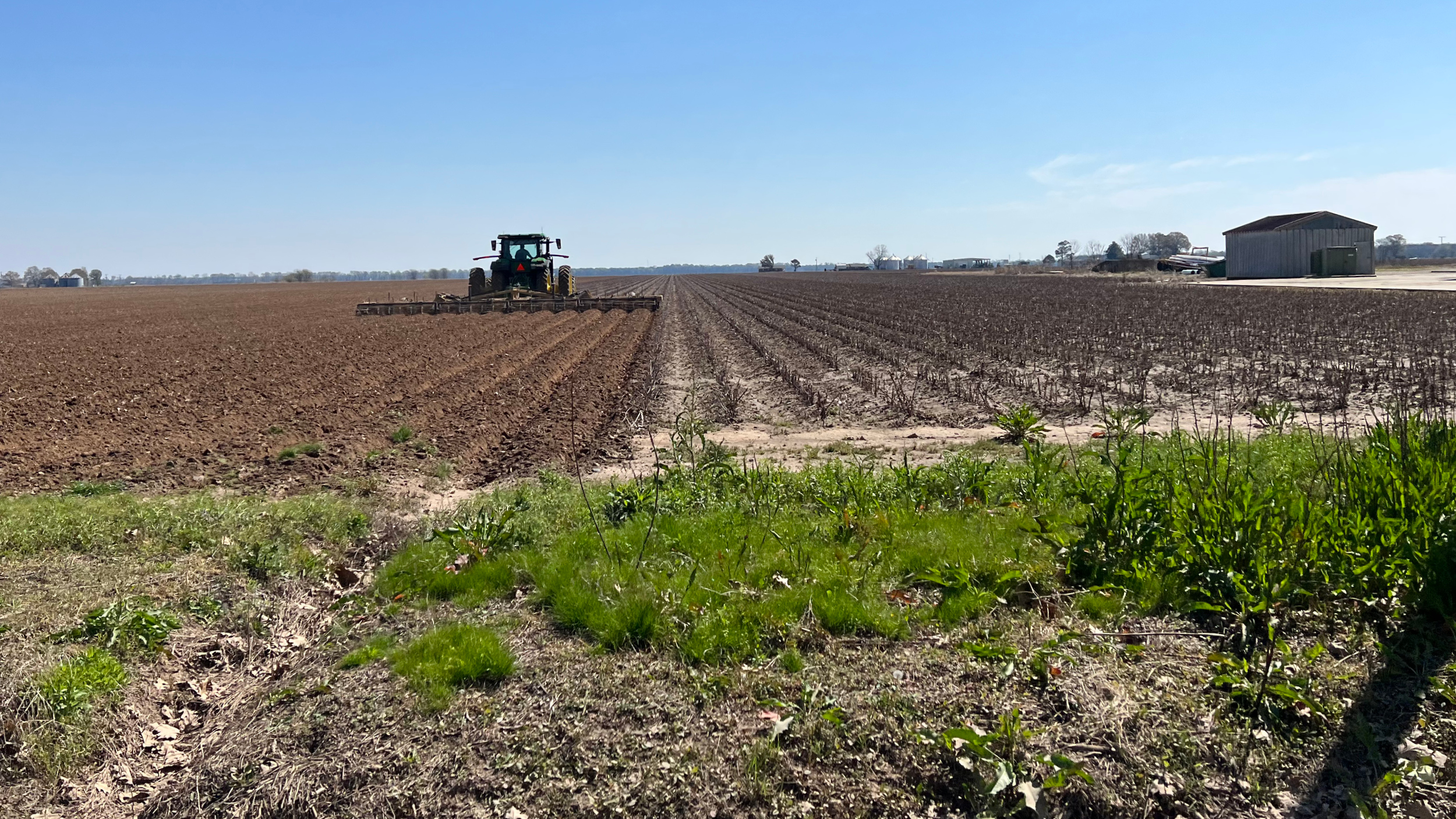
In late March, the USDA released its Prospective Plantings report. These acreage estimates are based primarily on surveys conducted by the National Agricultural Statistics Service (NASS) during the first two weeks of March. This report is crucial because it provides detailed information from an official source. It is a comprehensive look at how those who provide food, feed, and fiber to the world plan to deploy their farmland in 2023. The NASS report, and the understanding of the intended use of acreage, is a big driver in the commodity markets and sets the tone for the crop year ahead.
Compared to last year, the projected planted crop acres are up six million acres to a total of nearly 312 million acres for the 2023 crop season. Corn acres are estimated at 92.0 million, up 3.42 million from last year. Corn acres are up or unchanged in 40 of the 48 reporting states, with the largest increase in North Dakota at 800,000 acres. Soybean planted acres are estimated at 87.5 million, up slightly from last year by 55,000 acres. Cotton acres are projected to be down 18% from last year at 11.3 million acres, and rice area is projected at 2.58 million acres, up 16% from last year. All wheat acreage is projected at 49.86 million, up 9% from last year.

Rice acres are seeing a rebound in prices that are up $1.575/cwt. from last year. The ongoing conflict between Russia and Ukraine has supported wheat prices and enticed farmers in the U.S. to plant wheat. Corn plantings were held back in 2022 due to high fertilizer prices, which have been alleviated slightly, allowing for a rebound in acreage. Cotton was expected to struggle to retain acres this year due to lower demand and prices compared to other commodities. The fundamentals of soybean continue to support good prices, so it is no surprise that soybean acres are unchanged. Price reaction from the report was mixed, with harvest contract corn, rice, and wheat unchanged, soybeans $0.10 - $0.15 higher, and cotton $0.40 lower.
What we have seen this year so far, is that farmers are eager to get seed in the ground early. This is to ensure that an event like last year does not occur: the Delta was in huge need of moisture the entire 2022 growing season. This past week, big rainfall with hail and tornadoes flew through the middle of Arkansas, as well as a separate cell through southern Arkansas. Seeing replanted corn acres, as well as some soybean acres would not be surprising. The week ending April 7, 2023, is calling for rain almost every day of the week, which will delay unplanted acres.

To keep up with commodity markets for corn, soybeans, rice, cotton, and wheat, be sure to follow along with our Commodity Snapshot updates on the Peoples Company website. There, you will find key takeaways which drive the previously listed commodity markets and are updated weekly. If you wish to seek more in-depth about rice and/or cotton, feel free to contact Drew Cohn at 901.870.3764 or by email at Drew.Cohn@PeoplesCompany.com, or George Baird at 901.483.0373 or by email at GBaird@LandmarkAg.net.









